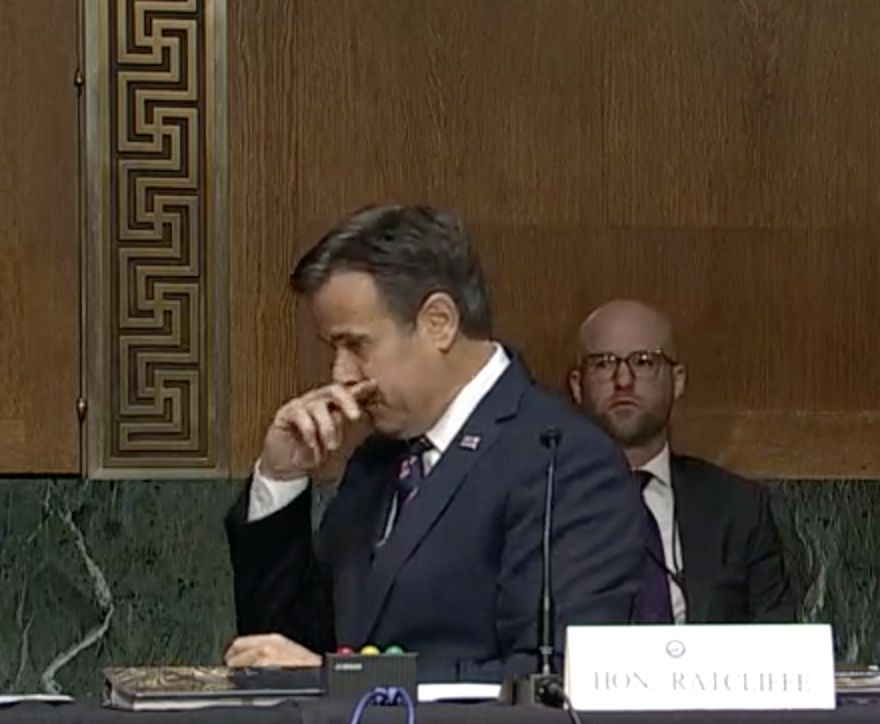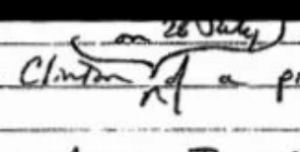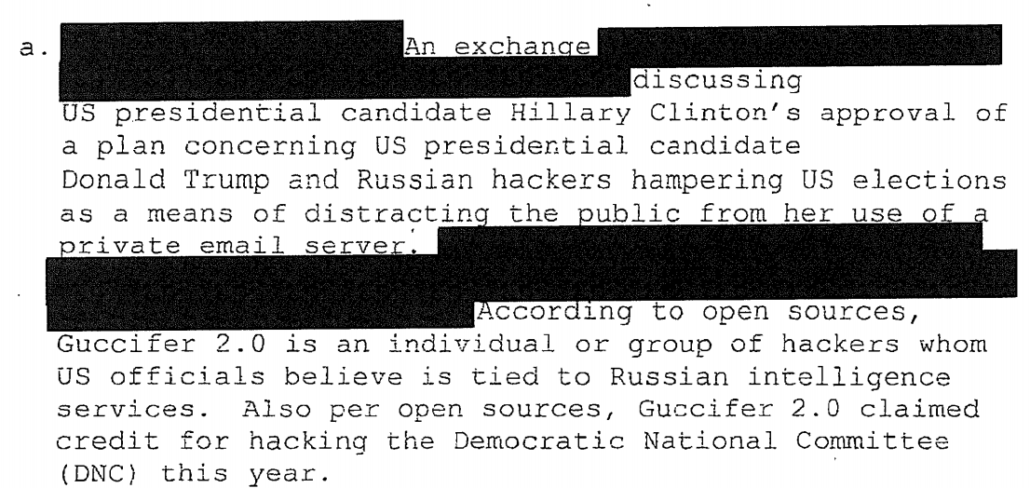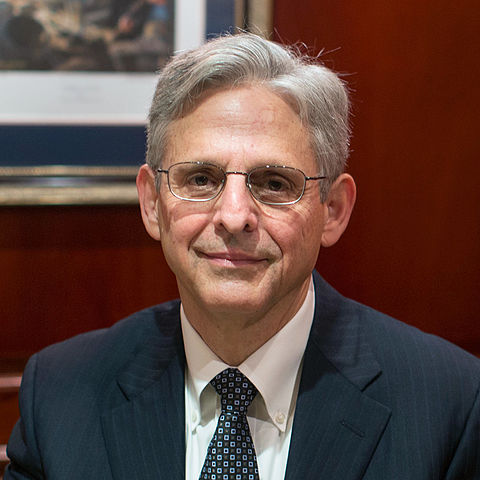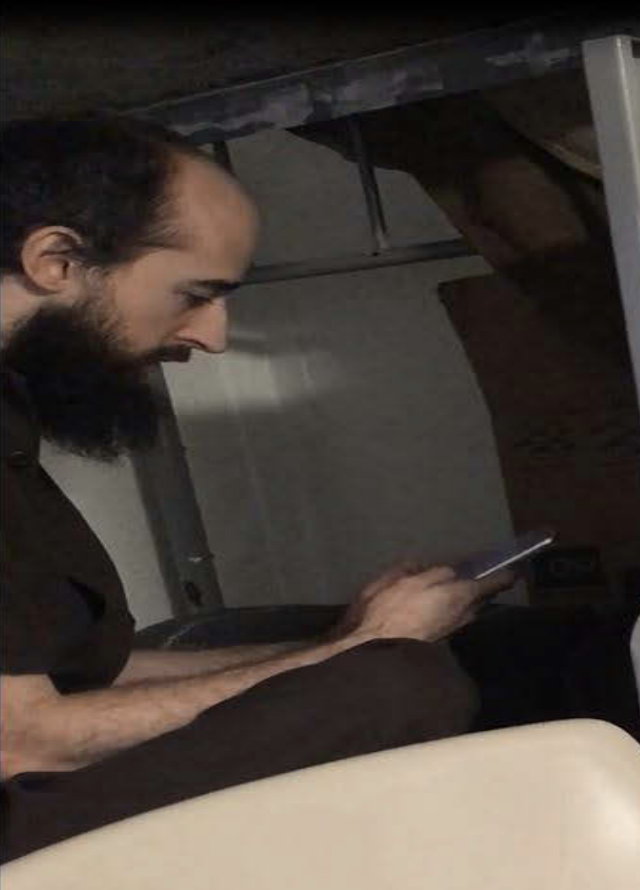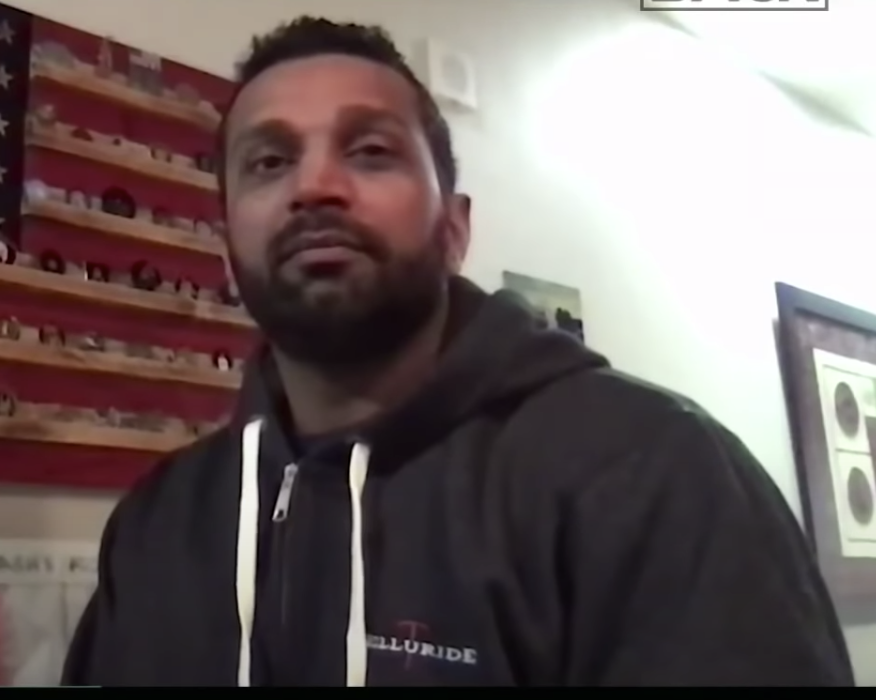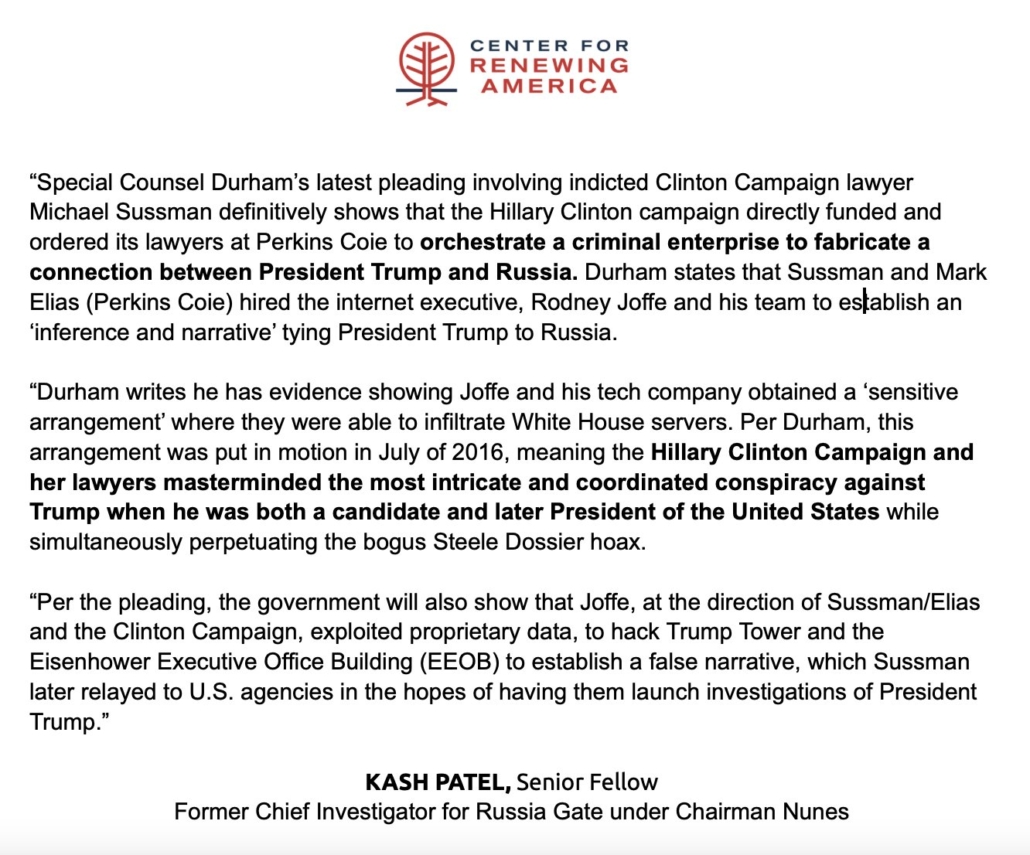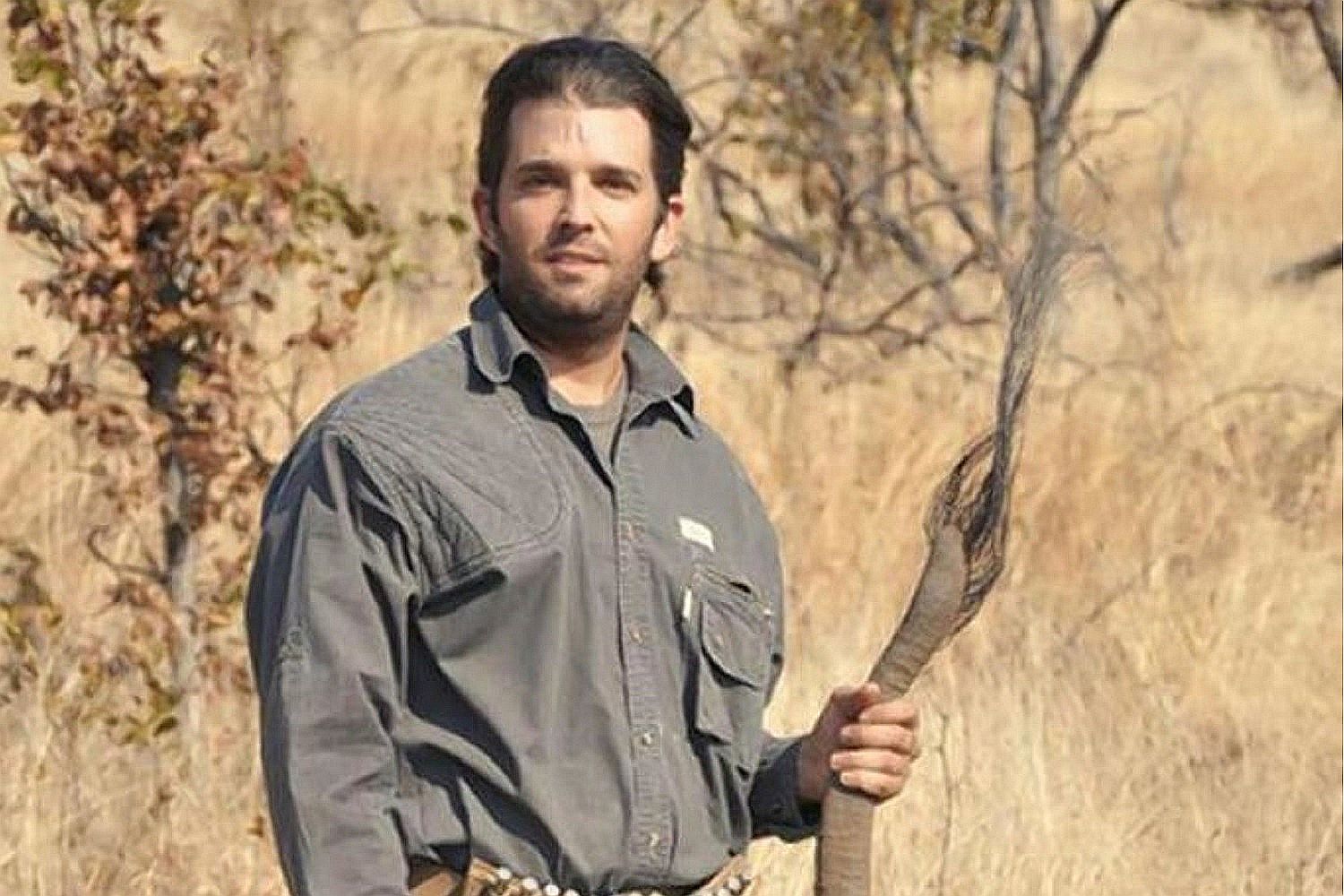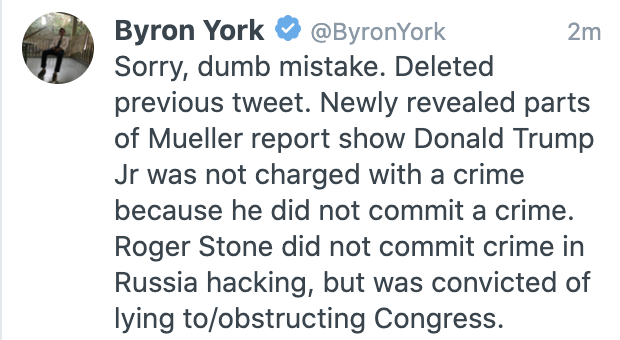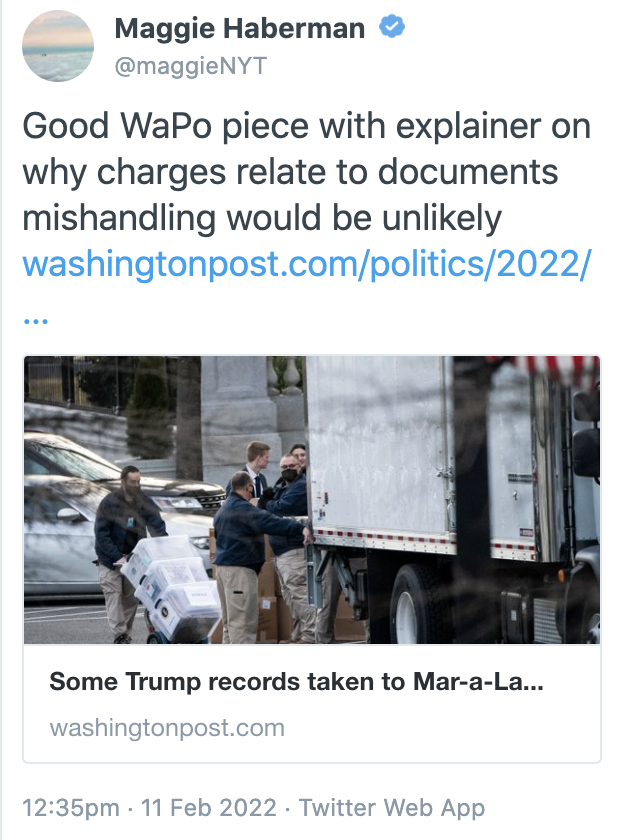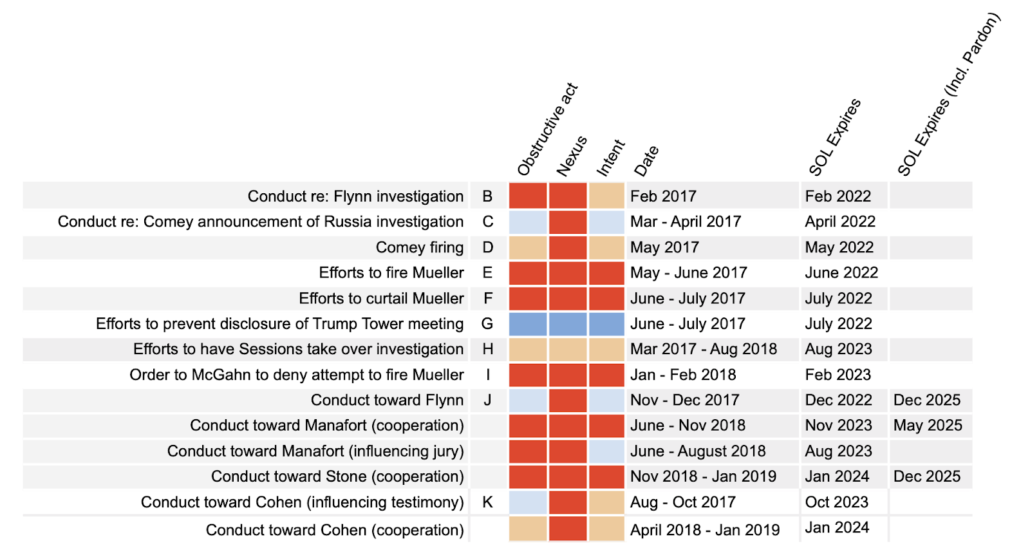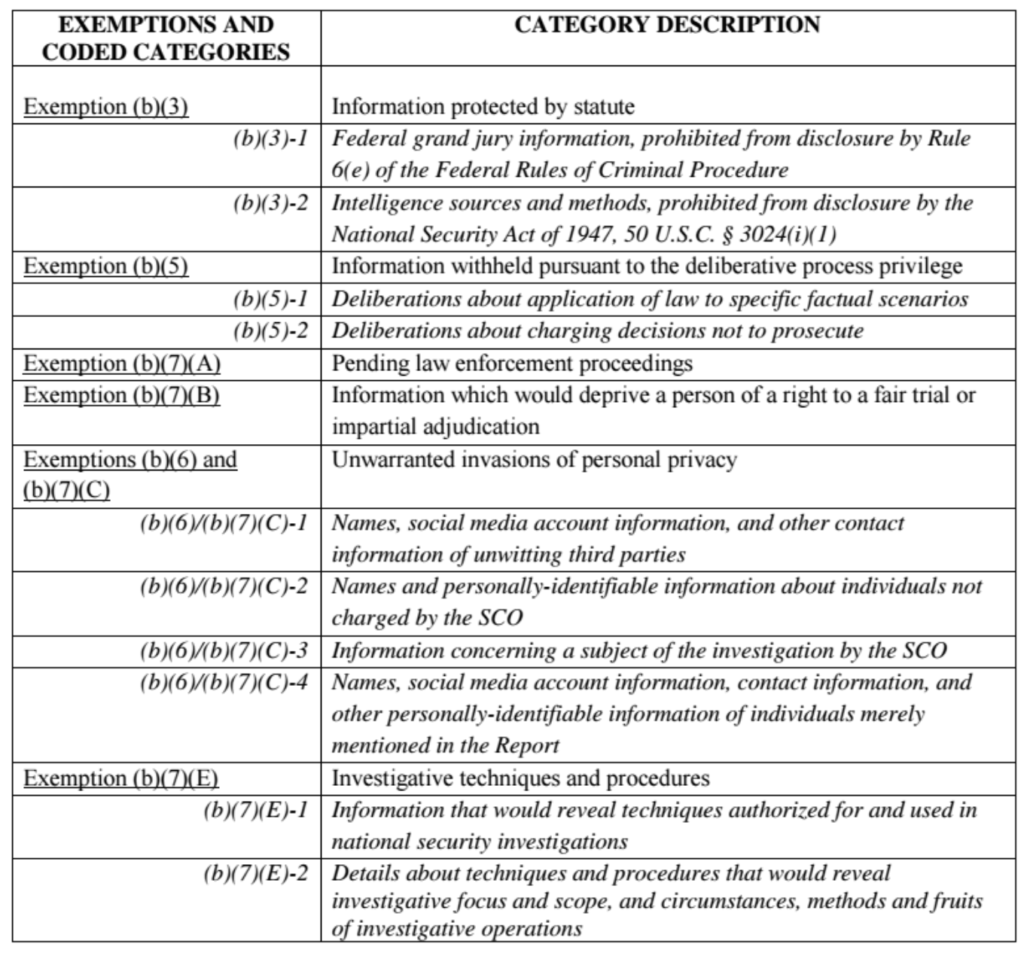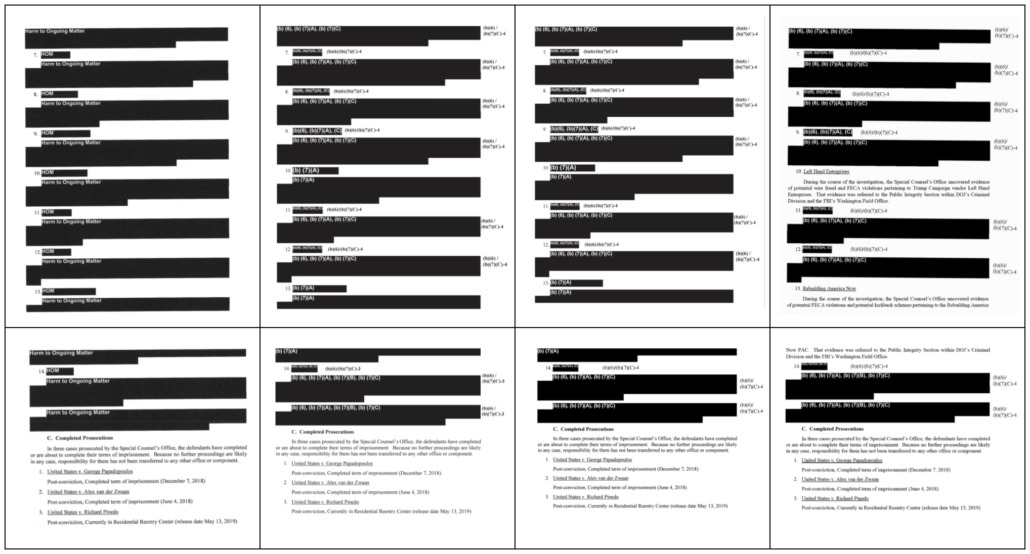John Durham Chose to Meet with John Ratcliffe Rather than Witnesses Necessary to His Investigation
The evidence continues to mount that John Durham has done an epically incompetent investigation. I’ll pull together all that evidence later this week.
But one that I find hilarious and shocking can’t wait.
A piece written by the Fox News propagandist who played a key role in magnifying Kash Patel’s false claims over the weekend credulously continues the Murdoch effort to jack up the frothers by claiming that — rather than letting statutes of limitation expire with no charges — Durham has instead sped up his investigation. Fox also cites a single source claiming that Durham’s investigation has been run very professionally.
Special Counsel John Durham’s investigation has “accelerated,” and more people are “cooperating” and coming before the federal grand jury than has previously been reported, a source familiar with the probe told Fox News.
The source told Fox News Monday that Durham has run his investigation “very professionally,” and, unlike Special Counsel Robert Mueller’s investigation, his activities, and witness information and cooperation status are rarely, if ever, leaked.
Fox unsurprisingly doesn’t cite the part of a recent filing that makes it clear that April Lorenzen doesn’t think it has been run professionally.
In fact, this piece demonstrates that no one who would actually know whether Durham’s investigation has been conducted professionally would talk to them:
Durham’s Feb. 11 filing says that the “FBI General Counsel” will “likely be a central witness at trial.”
Baker did not immediately respond to Fox News’ request for comment.
Durham also provided grand jury testimony from “the above-referenced former FBI Assistant Director for Counterintelligence.” It is unclear to which official Durham is referring, but the title could be a reference to Bill Priestap, who served as the FBI’s assistant director for counterintelligence from 2015 to 2018.
Priestap did not immediately respond to Fox News’ request for comment.
Durham also lists “a former FBI Deputy Assistant Director for Counterintelligence.” It is unclear to whom Durham is referring.
[snip]
Strzok, who was part of the original FBI investigation into whether the Trump campaign was colluding with Russia to influence the 2016 presidential election, and later in Special Counsel Robert Mueller’s office, was fired from the FBI in 2018 after months of scrutiny regarding anti-Trump text messages exchanged with former FBI General Counsel Lisa Page. Their anti-Trump text messages were uncovered by the Justice Department inspector general.
Fox News was unable to reach Strzok for comment.
[snip]
Elias’ law firm, Perkins Coie, is the firm that the Democratic National Committee and the Clinton campaign funded the anti-Trump dossier through. The unverified dossier was authored by ex-British Intelligence agent Christopher Steele and commissioned by opposition research firm Fusion GPS.
A spokesperson for Elias did not immediately respond to Fox News’ request for comment. [my emphasis]
But somebody who would speak with Fox News is John Ratcliffe, the former AUSA who misrepresented his record to get elected but who nevertheless got to be Director of National Intelligence for a short period because Ric Grenell was so much more unsuited to hold the position.
As DNI, Ratcliffe made false claims about Chinese intervention in the election as a way to downplay Russia’s ongoing efforts to help Trump. Ratcliffe is currently spending a lot of time denying that his politicized views (and delay of) a mandated election interference report played some role in January 6 conspiracy theories.
We now know that Ratcliffe should be happy to make those denials to the January 6 Committee directly and under oath — because he has apparently been very happy to chat with Durham’s investigators.
Meanwhile, this week, sources told Fox News that former Director of National Intelligence John Ratcliffe met with Durham on multiple occasions and told him there was evidence in intelligence to support the indictments of “multiple people” in his investigation into the origins of the Trump-Russia probe.
Ratcliffe’s meetings with Durham are significant (beyond suggesting he may be the single source who told Fox News this isn’t a shitshow investigation) because, days before Billy Barr made Durham a Special Counsel, Ratcliffe unmasked Hillary’s identity in foreign intercepts and burned collection on Russian internal intelligence analysis in order to release a report trying to insinuate that Hillary’s fairly unsurprising decision to tie Trump to Russia is what led the FBI to investigate Trump’s ties to Russia.
At issue is a report from John Ratcliffe, sent on September 29, 2020, explaining that,
In late July 2016, U.S. intelligence agencies obtained insight into Russian intelligence analysis alleging that U.S. Presidential candidate Hillary Clinton had approved a campaign plan to stir up a scandal against U.S. Presidential candidate Donald Trump by tying him to Putin and the Russians’ hacking of the Democratic National Committee. The IC does not know the accuracy of this allegation or the extent to which the Russian intelligence analysis may reflect exaggeration or fabrication.
The following week, presumably in an attempt to dredge up some kind of attack out of an absurd attack, Ratcliffe released the underlying reports that, he claimed in his original report, show the following:
According to his handwritten notes, former Central Intelligence Agency Director Brennan subsequently briefed President Obama and other senior national security officials on the intelligence, including the “alleged approval by Hillary Clinton on July 26, 2016 of a proposal from one of her foreign policy advisors to vilify Donald Trump by stirring up a scandal claiming interference by Russian security services.”
On 07 September 2016, U.S. intelligence officials forward an investigative referral to FBI Director James Comey and Deputy Assistant Director of Counterintelligence Peter Strzok regarding “U.S. Presidential candidate Hillary Clinton’s approval of a plan concerning U.S. Presidential candidate Donald Trump and Russian hackers hampering U.S. elections as a means of distracting the public from her use of a private mail server.”
By releasing the exhibits, Ratcliffe should raise real questions about his credibility. For example, I’m not at all sure this date, from Brennan’s notes, reads July 26 and not July 28, a critical difference for a ton of reasons.
The FBI report has a slew of boilerplate making it clear how sensitive this report was (for obvious reasons; effectively it shows that the CIA had some kind of visibility into Russian intelligence analysis), which makes it clear how utterly unprecedented this desperate declassification is. Former CIA lawyer Brian Greer discusses that in this Lawfare post.
Plus, Ratcliffe left out an unbelievably important part of the report: the role of Guccifer 2.0 in the Russian report. Intelligence collected in late July 2016 claimed that Hillary was going to work her alleged smear around neither the GRU (which had already been identified as the perpetrator of the DNC hack) nor WikiLeaks (which had released the DNC files, to overt celebration by the Trump campaign), but Guccifer 2.0, who looked to be a minor cut-out in late July 2016 (when this intelligence was collected), but who looked a lot more important once Roger Stone’s overt and covert communications with Guccifer 2.0 became public weeks later.
The report suggests Hillary magically predicted that days after this plot, President Trump’s rat-fucker would start a year’s long campaign running interference for Guccifer 2.0. Not only did Hillary successfully go back and trick George Papadopoulos into drunkenly bragging about Russian dangles in May 2016, then, Hillary also instantaneously tricked Stone into writing propaganda for Guccifer 2.0 days later.
The report never made any sense. As I noted at the time, to be true, it would require Hillary to have gone back in time to trick the Coffee Boy to learn of and pass on Russia’s plans. Worse still, the claim suggested that Roger Stone — whom FBI has evidence was in contact with the Guccifer 2.0 persona starting in spring 2016 — started parroting the same line the Russians were pushing, even before the FBI learned of it. In other words, read in conjunction with the actual evidence about 2016, the intelligence report on Russia actually suggested that Stone’s ties to Russian intelligence may have been far more direct than imagined.
But John Ratcliffe was too stupid to understand that, and everything we’ve seen about John Durham suggests he is too. That Durham has been repeatedly interviewing Ratcliffe suggests he buys Ratcliffe’s theory that this should have undermined the very real reason to investigate Trump. It also explains why, on the Sussmann indictment, Durham was so squishy about the July 2016 timeline: he needs this report to be more important than the fact that Trump stood up in public and asked Russia to hack some more (which is what led the researchers to look twice at this anomalous data).
Nevertheless, it appears that rather than interviewing witnesses who would be necessary to vet the charges he filed against Michael Sussmann, such as a single Hillary staffer, Durham has, instead, just kept going back to serial liars like Ratcliffe to renew his own conspiracy theories.
Ah well, this disclosure gives Michael Sussmann cause to subpoena Ratcliffe, just like this stunt has given him reason to subpoena Kash Patel. It’s increasingly clear that these addle-brained Republicans fed these conspiracies into Durham’s investigation, and now are magnifying them as Durham’s investigation gets exposed as incompetent, without disclosing that they’re the ones who provided the conspiracy theories in the first place.

